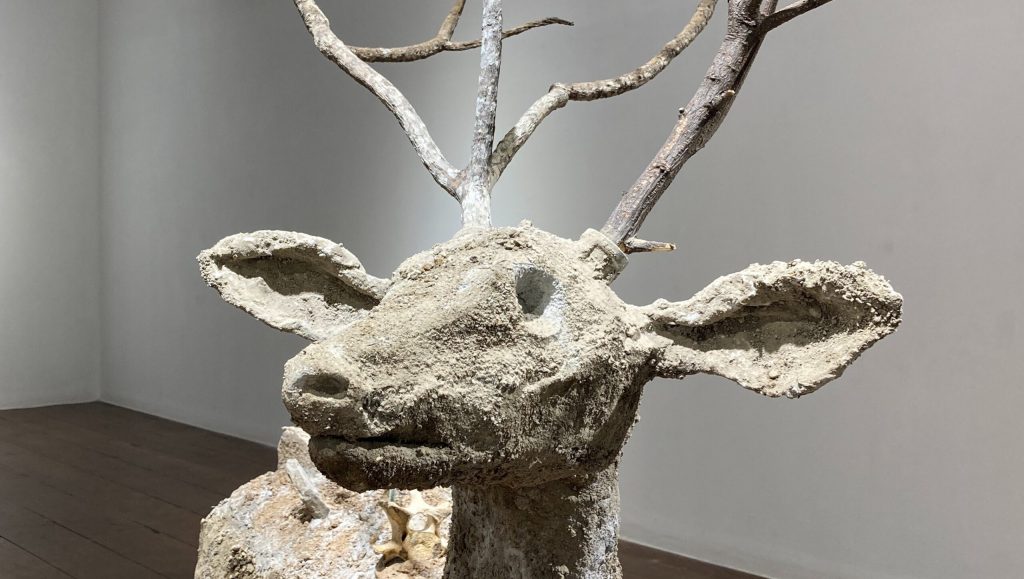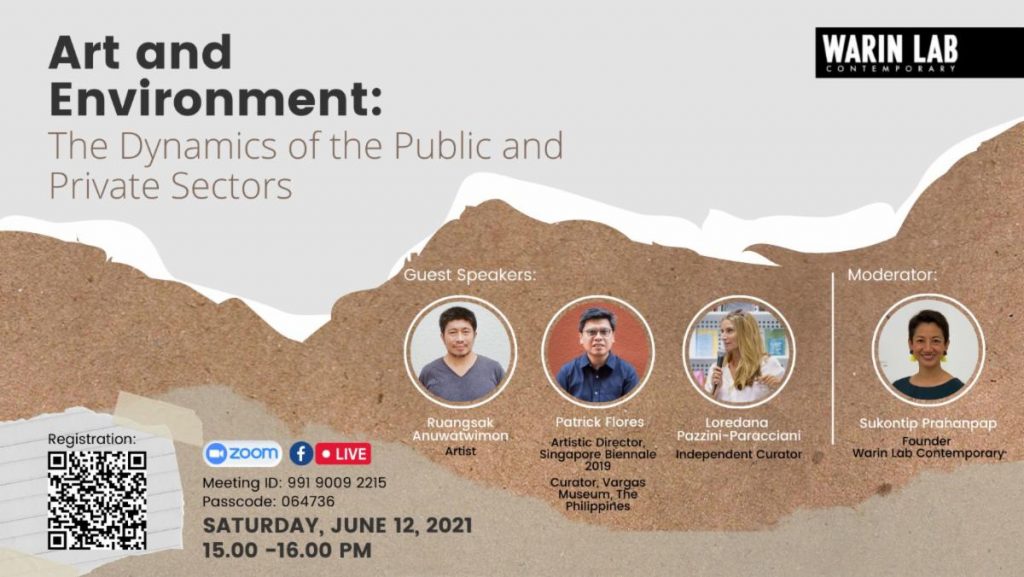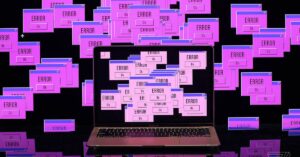Reincarnations is a multidisciplinary art project by Thai artist Ruangsak Anuwatwimon that looks at ecologies of life that are in danger of extinction or are already extinct as a consequence of human actions.
Reincarnations is a multidisciplinary art project by Thai artist Ruangsak Anuwatwimon that looks at ecologies of life that are in danger of extinction or are already extinct as a consequence of human actions from exploiting natural resources and manipulating history and geography for financial benefits, and not because of organic evolution.
By including as wide a variety as possible of flora and fauna species, the artist’s aim is to highlight the impact of their disappearance not only on natural ecosystems but also, crucially, mainstream national narratives.
Anuwatwimon started developing Reincarnations in 2018 during his residency at the Center of Contemporary Art in Kitakyushu, Japan, where he researched the swallowtail butterfly species called the Bhutan glory in Thailand, and the Japanese wolf.
Reincarnations II was subsequently developed as part of the Singapore Biennale 2019, where the artist focused on two species of trees in Singapore: the Hopea sangal and Sindora wallichii, both critically endangered.
Reincarnations III takes a closer look at the extinction of the Schomburgk’s deer, which were native to Bangkok’s surrounding areas.

A staggering life-size installation responds to Warin Lab Contemporary’s space which was the former house of Dr. Boonsong Lekagul, a medical doctor and also the first researcher and ecologist of Thailand’s wildlife.
In the 50s and 60s, Dr. Boonsong Lekagul not only researched and advocated the preservation of endangered animal species in Thailand, but also produced and collected books on wildlife, including the Schomburgk’s deer.
This majestic animal, first described in the late 19th century, is native to central Thailand in the Chao Phraya plateau near Bangkok, today known as the Rangsit area, where the artist conducted research.
Last seen alive in the wild in 1932, the deer was declared extinct in 1938; however, the cause of its disappearance remains unclear. Significantly, the only embalmed exemplar resides not in Thailand, its home country, but in the National Museum of Natural History in Paris.
Adding to its colonial trajectory, this local deer species was named after Sir Robert Schomburgk, who served as British consul in Bangkok from 1857 to 1864. Its unique basket-shape antlers have piqued the interest of many collectors with some theorizing to clone the animal in the attempt to overcome the laws of nature.
In Reincarnations III – Ecologies of Life, the environmentalist-zoologist-artist crosses multiple disciplines, on one hand highlighting the importance of caring for our planet and all the species that surround us while, on the other, emphasizing the role of art as a powerful tool for social activism both in relation to natural ecosystems and in response to hidden or forgotten national narratives.

Art and Environment: The Dynamics of Public and Private Sector
(the discussion will be in English)
We will hear the speakers’ reflections on the importance and challenges of engaging with art and the environment in both public and private sectors, and the importance of activism in art.
Panelists include:
Patrick Flores, artistic director of Singapore Biennale 2019
Loredana Pazzini-Paraciani, independent curator
Ruangsak Anuwatwimon, artist
Saturday, June 12
3pm-4pm (GMT +7)
Registration for Zoom at:
Meeting ID: 991 9009 2215
Passcode : 064736






